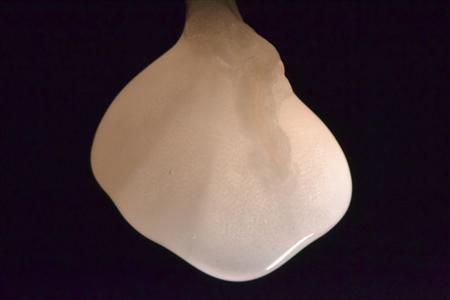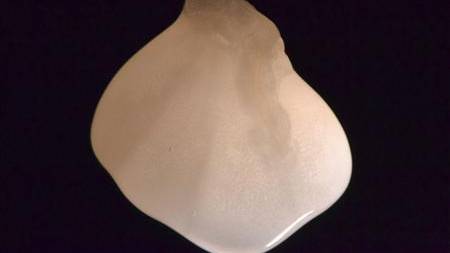Lab-made kidneys raise hopes for dialysis patients
Source: reuters.com
Scientists have discovered yet another way to make a kidney - at least for a rat - that does everything a natural one does, researchers reported on Sunday, a step toward savings thousands of lives and making organ donations obsolete.The latest lab-made kidney sets up a horse race in the booming field of regenerative medicine, which aims to produce replacement organs and other body parts.

The collagen scaffolding of a kidney, left behind after removing the cells, is pictured in this undated handout photo obtained by Reuters April 12, 2013
Several labs are competing to develop the most efficient method to produce the most functional organs through such futuristic techniques as 3D printing, which has already yielded a lab-made kidney that works in lab rodents, or through a "bioreactor" that slowly infuses cells onto the rudimentary scaffold of a kidney, as in the latest study.
The goal of both approaches is to help people with kidney failure. In the United States, 100,000 people with end-stage renal disease are on waiting lists for a donor kidney, but 5,000 to 10,000 die each year before they reach the top of the transplant list.
Even the 18,000 U.S. patients each year who do get a kidney transplant are not out of the woods. In about 40 percent the organ fails within 10 years, often fatally.
If what succeeded in rats "can be scaled to human-sized grafts," then patients waiting for donor kidneys "could theoretically receive new organs derived from their own cells," said Dr. Harald Ott, of the Center for Regenerative Medicine at Massachusetts General Hospital in Boston. He led the research reported on Sunday in the online edition of Nature Medicine.
That would minimize the risk of rejection and make more organs available.
Ott’s group used an actual kidney as its raw material, but competing labs are using 3D bioprinters to create the starting material, the scaffold or framework of the organ.
"With a 3D bioprinter, you wouldn’t require donor organs," said Dr. Anthony Atala, director of the Institute for Regenerative Medicine at Wake Forest School of Medicine in North Carolina and a pioneer in that technology.
"The printer also lets you be very precise in where the cells go" on and in the scaffold. But he hailed the Massachusetts General Hospital work as "one more study that confirms these technologies are possible."
[...]
Read the full article at: reuters.com






















